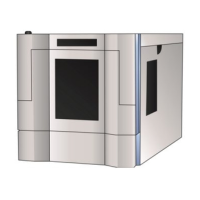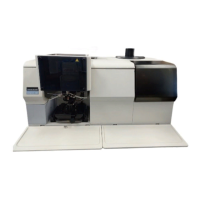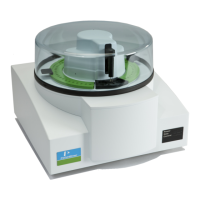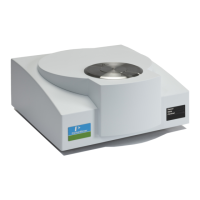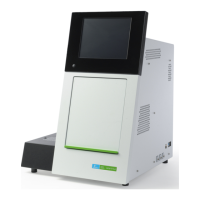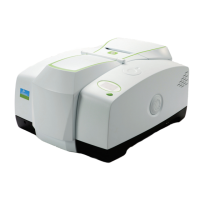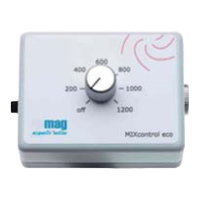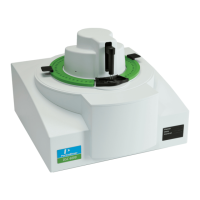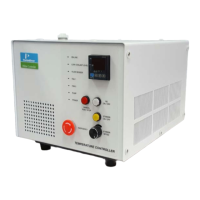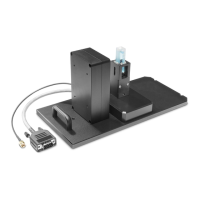CHAPTER 12
198 PerkinElmer Life and Analytical Sciences
Burst Counting
The TR-LSC burst counting circuitry employs a background discrimination
technique which differentiates the characteristics of beta scintillation pulses from
non-quenchable background scintillation pulses. A typical beta scintillation event
is composed of at least two components as a function of time. There is a fast, or
prompt, component due to the fluorescence of the scintillator(s), and there is a
slower, or delayed, component due to the annihilation of the triplet excited
molecules (200-900 nanoseconds). The slow component is present only in the
absence of quenching agents, particularly oxygen. When oxygen or other
quenching agents are present in the sample, which is the most common case for
routine laboratory samples, the slow component is reduced. This means that in
routine samples prepared in ambient laboratory air, there is little or no slow
component or afterpulses originating from the sample itself.
TR-LSC increases counting sensitivity by reducing the non-quenchable component
of instrument background that is caused by interaction of high energy cosmic
radiation with the sample vial and photomultiplier (PMT) glass face. Other non-
quenchable background interferences including PMT afterpulsing and natural
radiation in the PMT and vial construction materials are also reduced by TR-LSC.
Approximately 68% of the observed total background is non-quenchable and
therefore can be greatly reduced by this technique.
Non-quenchable background events can be distinguished from true beta events
since they are characterized by a series of low amplitude afterpulses that follow
the initial prompt pulse. True scintillation pulses have fewer afterpulses associated
with them. The figures below show a graphical representation of a background
pulse and
3
H beta pulse. Note that the background pulse has more prominent
afterpulse characteristics that extend over time. TR-LSC is designed to evaluate
each event for the presence of these afterpulses as one criteria to reduce
background. When a series of afterpulses is detected, TR-LSC characterizes the
event as background and rejects it. The efficacy of this rejection can be increased
when a bismuth germanium oxide (BGO) detector guard is used in conjunction
with TR-LSC electronics. The BGO guard completely surrounds the sample vial
and acts as a cosmic guard to further increase afterpulse rejection, thus reducing

